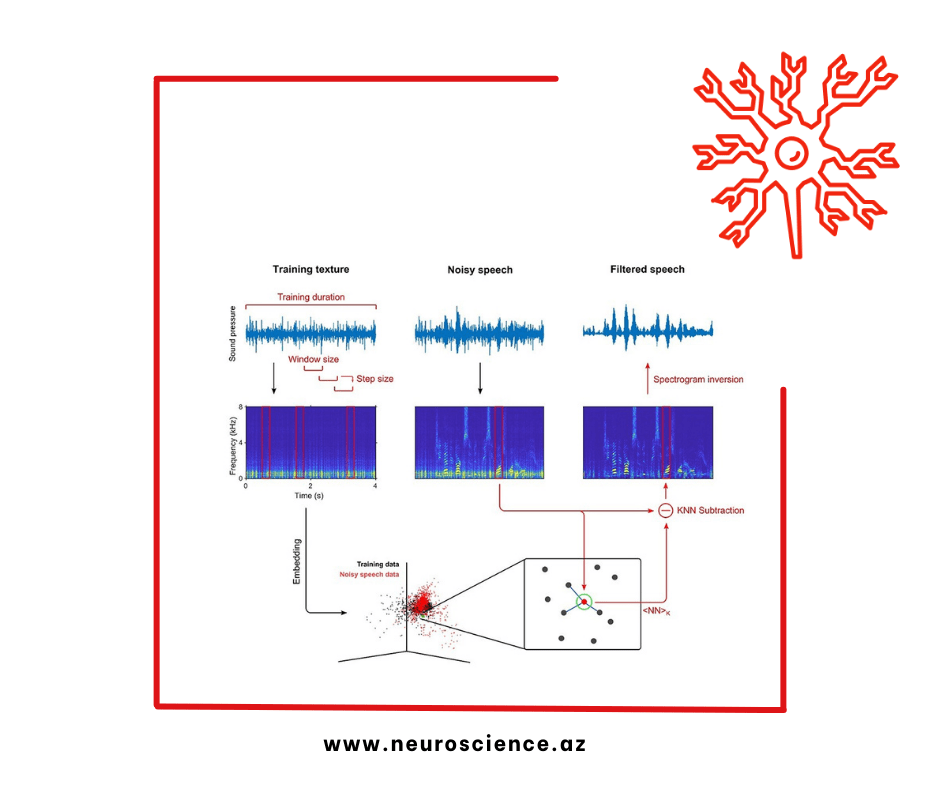
In everyday human communication, hearing relevant information in the presence of interfering background noise is a common challenge that the auditory system has to face. The problem is especially hard for people with significant hearing loss who have to rely on hearing aids and cochlear implants. A new study published in Frontiers in Audiology and Otology and authored by our member, Artoghrul Alishbayli and colleagues at Radboud University Nijmegen, presents a novel noise suppression method called Statistical Sound Filtering (SSF) algorithm that exploits the features of sound sources that are often encountered as noise in everyday environments.
SSF’s methodology is grounded in the analysis of the stationary spectral properties of auditory textures. By creating a library of spectral features representing background noise and comparing them with speech-noise combinations, SSF selectively removes elements statistically aligned with interfering noise. To assess SSF’s effectiveness, researchers conducted comprehensive evaluations using established quality metrics and experiments involving human listeners. The results demonstrate a consistent reduction in noise across various performance indicators. Human participants reported reduced background noise levels without noticeable harm to speech quality. Furthermore, SSF operates at remarkable speed, approximately 100 times faster than real-time, and can adapt swiftly to changing acoustic conditions.
SSF’s ability to harness the unique attributes of textural noise positions it as a valuable tool in hearing aid technology. Its energy-efficient and rapid execution, along with its adaptive learning capabilities makes it suitable for usage in hearing aids and cochlear implants in the future.
Link: https://www.frontiersin.org/articles/10.3389/fauot.2023.1226946/full
Citation: Alishbayli, A., Schlegel, N. J., & Englitz, B. (2023). Using auditory texture statistics for domain-neutral removal of background sounds. Frontiers in Audiology and Otology, 1, 1226946.